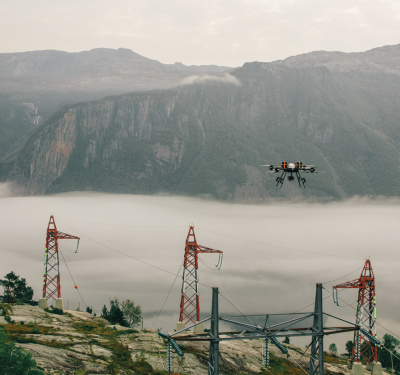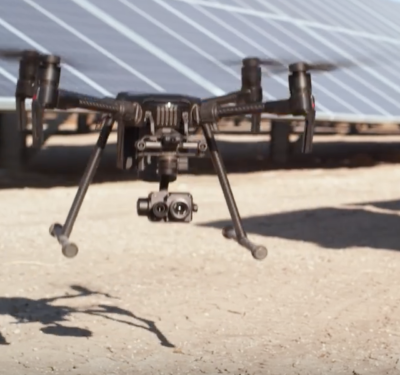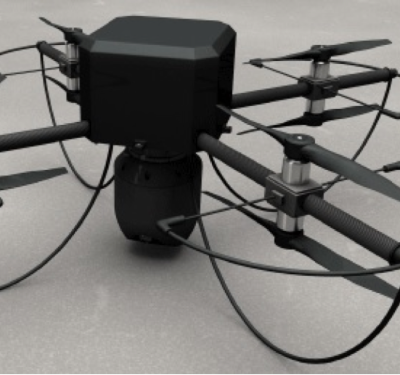MatrixSpace leads the push for real-time airspace autonomy with edge AI radar and a new DHS partnership.
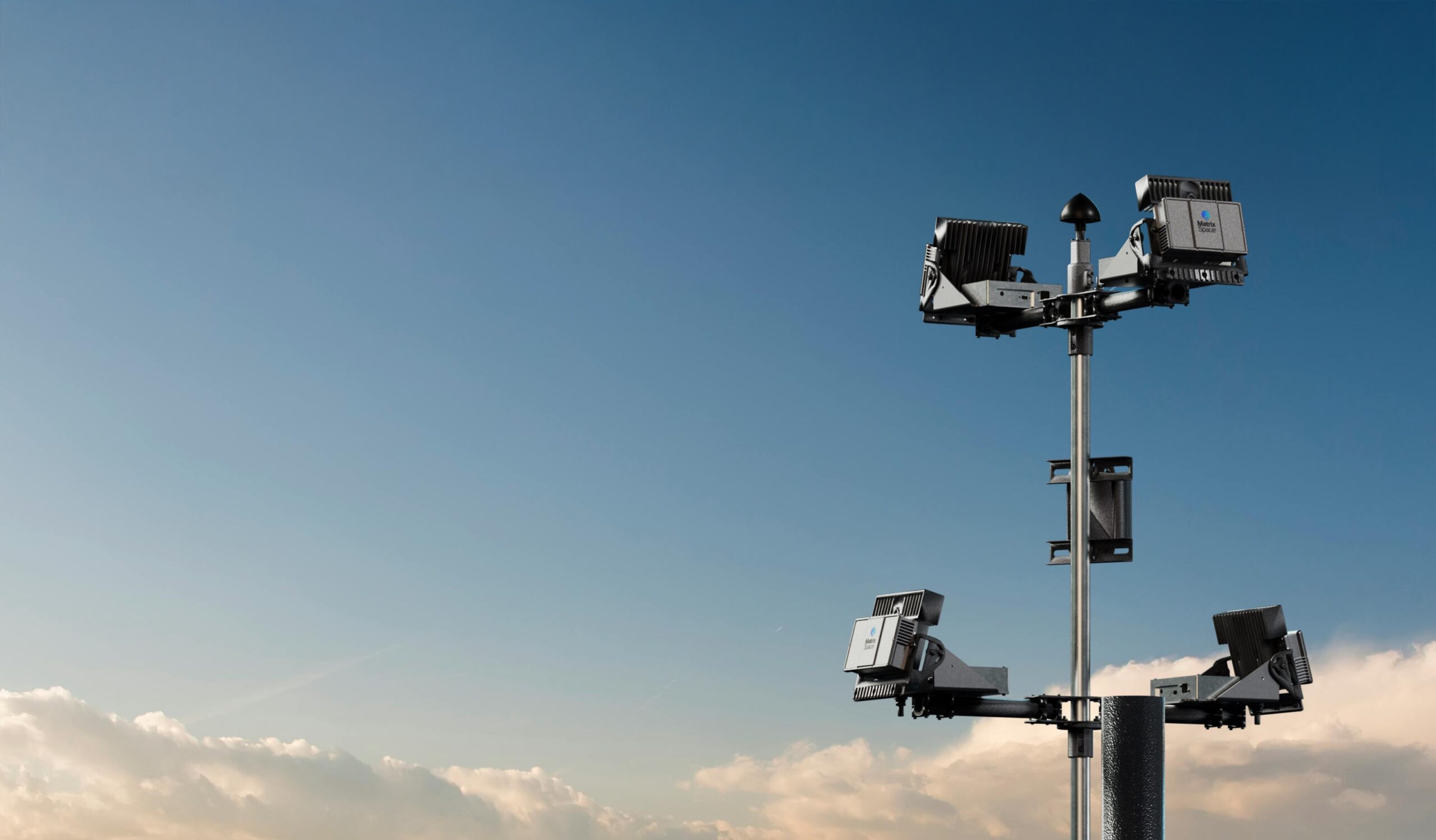
As autonomous technologies become vital across sectors ranging from infrastructure security to disaster response, the conversation around national airspace management is evolving from a possibility to a necessity. One of the companies at the forefront is MatrixSpace, a Burlington, Massachusetts-based radar and sensing technology firm that is pioneering real-time, AI-driven, edge-based radar systems for use in UAS and BVLOS operations.
At the heart of MatrixSpace’s strategy is a belief that the technology required to secure and coordinate low-altitude airspace already exists. What’s lacking is the urgency and coordination to implement it. Lori DeMatteis, the company’s chief revenue officer, has spent the last several years advocating for national frameworks that would treat airspace the way the country once treated telecom—an essential infrastructure system that demands unified oversight and investment.
FROM FRAGMENTATION TO FOCUS
DeMatteis came to MatrixSpace after holding leadership roles in both hardware and software firms, including avionics specialist Iris Automation. She entered the unmanned systems field when the commercial drone industry was still in its formative stages, and has witnessed first-hand the evolution to the automated, safety-critical tools of today.
“When I first got involved,” she recalled, “it was quiet, fragmented—very mom-and-pop, with the exception of defense applications. Getting the first BVLOS waiver for something as straightforward as pipeline inspection took endless hours of FAA negotiations and rigorous testing.”
But the landscape has shifted dramatically. Major media coverage, including high-profile segments on “60 Minutes,” has helped elevate airspace surveillance into the national consciousness. For DeMatteis, this signals a turning point. “There’s an urgency now. We’re no longer asking whether autonomous airspace management is feasible—we’re asking why we haven’t already done it.”
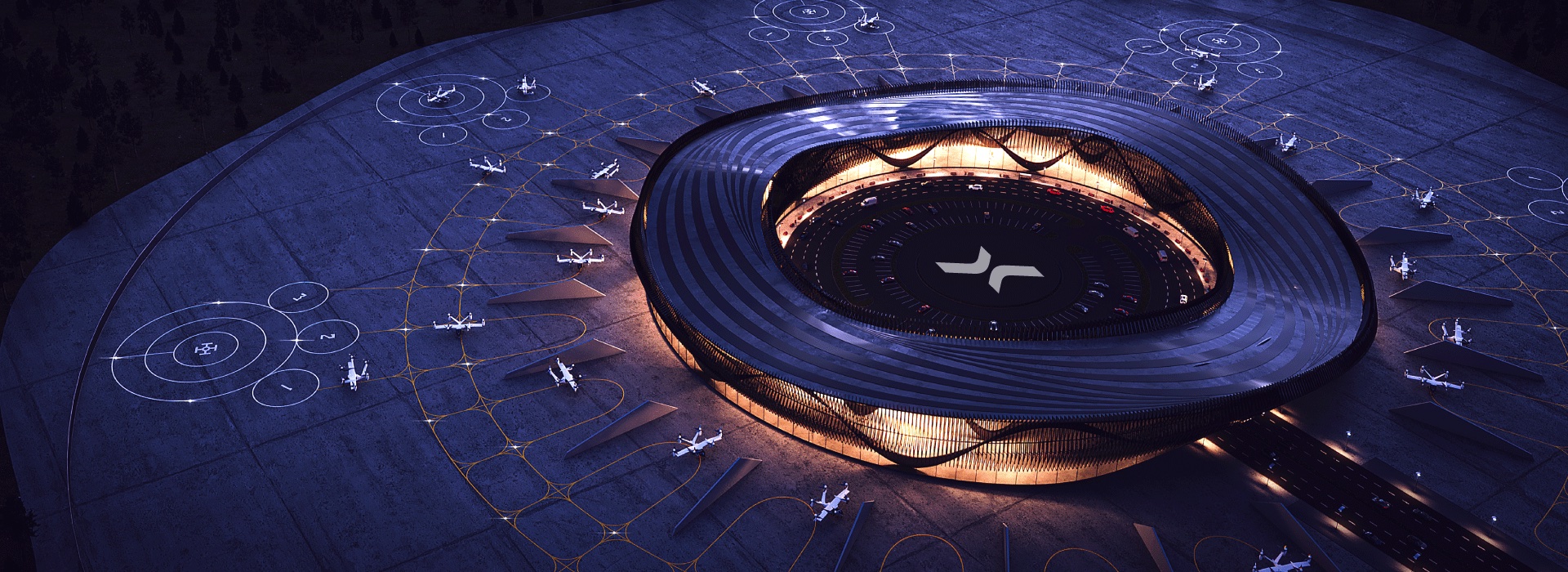
AI AT THE EDGE
MatrixSpace’s technology is built around edge computing—a model where critical data processing happens at the point of data collection, not in distant data centers. This shift is transformative for UAS operations. By integrating AI and machine learning directly into the radar units themselves, MatrixSpace’s systems can immediately detect, classify and respond to potential threats without latency or reliance on cloud connectivity. In fast-moving, high-risk scenarios—such as border patrol, contraband drone detection near prisons, or monitoring of sensitive infrastructure—this speed is crucial.
“Our edge systems adapt in real-time,” DeMatteis said. “That’s what sets us apart. We’re not just identifying potential threats—we’re enabling immediate, intelligent responses that evolve with the environment.”
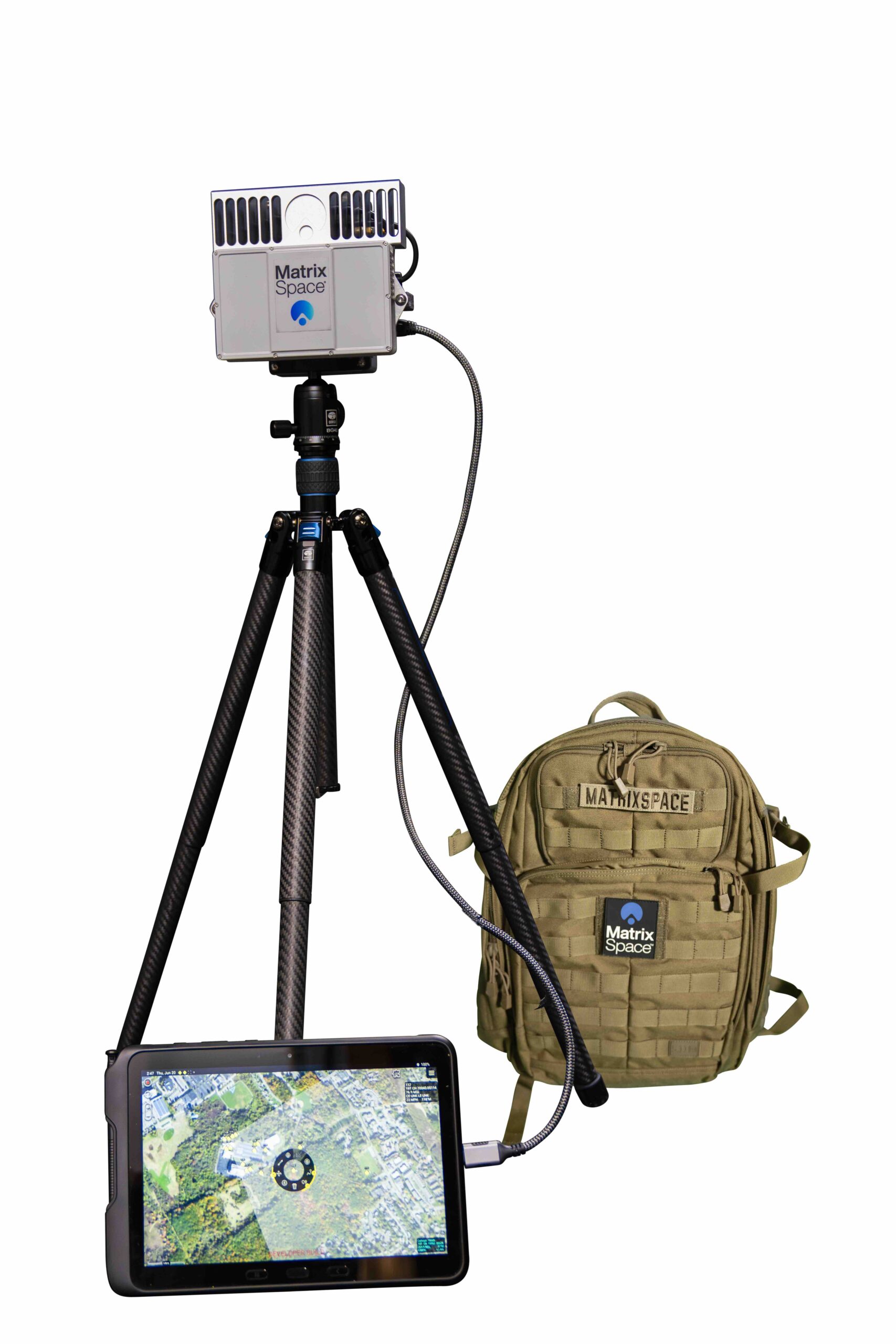
FEDERAL VALIDATION
That capability was a deciding factor in a major new federal partnership. On March 25, MatrixSpace was selected by HSWERX—the innovation hub of the U.S. Department of Homeland Security (DHS)—to provide advanced radar solutions for remote air awareness and BVLOS drone operations. The award will support Customs and Border Protection (CBP) as it seeks to secure vast, remote and often harsh environments with small, agile uncrewed aircraft.
Due to restrictions around operating larger drones in the National Airspace System (NAS), CBP needed a radar solution that could enable smaller Group III UAS to operate safely BVLOS. MatrixSpace Radar, with its compact size and robust detect-and-avoid (DAA) capabilities, proved to be the ideal fit.
“CBP required a solution with powerful DAA capabilities for flight operations over large, complex locations,” HSWERX Program Manager Christina Heard said. After a rigorous demonstration, they selected MatrixSpace Radar to advance these technologies. They are now preparing for payload packaging, flight testing and full data collection.
The selection underscores MatrixSpace’s capabilities for practical, deployable autonomy. As DeMatteis noted, “This was a rigorous process with demanding criteria. We’re honored to have been chosen and eager to support DHS in securing remote and strategic U.S. assets.”
If CBP can successfully demonstrate BVLOS operations using small drones equipped with MatrixSpace sensors, it would mark an inflection point in how public agencies approach airspace security. Rather than relying on manned aircraft or ground-based sensors with limited range, agencies could deploy fleets of small autonomous drones at scale, capable of patrolling vast territories, updating flight paths in real time and reacting dynamically to threats.
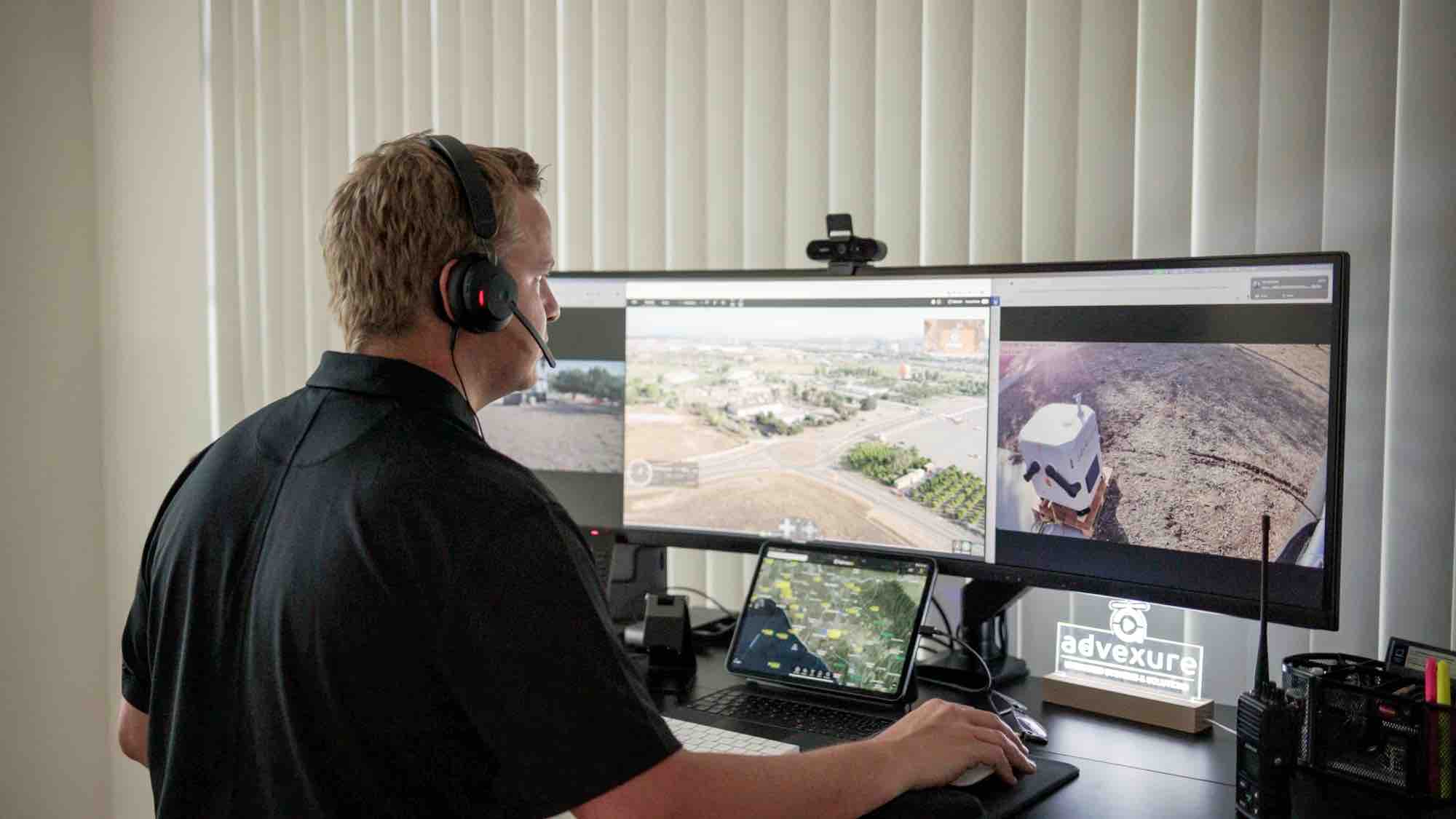
URGENCY MEETS IMPLEMENTATION
But while the technology is here, policy still lags. That mismatch frustrates DeMatteis. “We’ve built nationwide systems before—telecom, broadband, rail. Why can’t we do the same for low-altitude airspace? Right now, cities and regions are developing their own siloed systems. That’s inefficient and unsafe. We need a national strategy—one with unified standards and shared infrastructure.”
That’s already happening in other parts of the world. Countries like Switzerland have implemented drone corridors and structured UAS management systems, and the EU’s U-space initiative offers a standardized framework for drone traffic management across member states. In contrast, the U.S. remains mired in a patchwork of local regulations, FAA waivers and individual pilot programs.
“When European regulators say they no longer look to the U.S. for leadership, that stings,” DeMatteis said. “But it’s also a call to action. We can regain that leadership if we act decisively.”
Another missing piece is public awareness. As DeMatteis points out, the public often underestimates the frequency and severity of unauthorized drone activity. Contraband drops into correctional facilities, unlawful surveillance of power plants and drone incursions near airports occur far more often than many people realize. Yet the solutions to address these threats exist. What’s lacking is public pressure and political will.
“We don’t need new laws to fix these problems. We just need to deploy the technology we already have,” she emphasized. “Industry leaders must do a better job of explaining what’s at stake—and how quickly we can act.”
MatrixSpace is doing more than talking. With a growing portfolio of commercial and government clients, the company is pushing the industry forward, not just technologically but strategically. Its edge-based radar sensors combine hardware, software and AI in compact, power-efficient packages that allow users to quickly deploy situational awareness anywhere—on drones, vehicles or infrastructure.
The company’s vision is to make intelligent radar as ubiquitous as GPS, enabling infrastructure monitoring, environmental protection and emergency response at a national level.
Looking ahead, MatrixSpace will continue refining its AI models, expanding its global footprint and working with partners to bridge the gap between promise and practice. DeMatteis and her team plan to engage directly with stakeholders at events like AUVSI’s XPONENTIAL, helping shape the next chapter of American airspace policy.
“Internationally, people understand the urgency and the need for structured airspace management,” she said. “We’re fortunate to have investors and partners who see the big picture and are committed to scaling this technology where it’s needed most.”
MatrixSpace’s work sits at the intersection of urgency, opportunity and innovation. By pushing the boundaries of what’s technically possible—and seeking that public agencies and regulators keep pace—they are helping chart a course toward a safer, smarter and more autonomous future in the skies.


